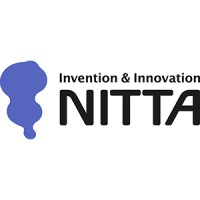
KFA Controls
KFA Controls is an independent programming and control solution company. Our services include consultation, design, programming and supply of control equipment to assist you in providing the complete control solution for your clients technology integration needs. We supply services to and through the following channels: * Commercial audio visual Supplier/Installers * Home Theatre and Smart Home Supplier/Installers * Commercial and Residential Lighting, Supplier/Installers * Home Automation Consultants * Commercial Technology Consultants * Developers, Architects and Builders






